12 Air-Purifying Plants to Boost Your Indoor Air Quality
Bringing plants into your home is a simple way to freshen up the air and add a natural touch to your space. Certain indoor plants can help remove pollutants like formaldehyde, benzene, and carbon monoxide, which are often found in everyday household items. These plants are not just easy to care for; they also work quietly to improve the air you breathe. Whether you live in a small apartment or a larger home, these green choices can make a difference.
This post may contain affiliate links, which helps keep this content free. Please read our disclosure for more info.
Spider Plant (Chlorophytum comosum)
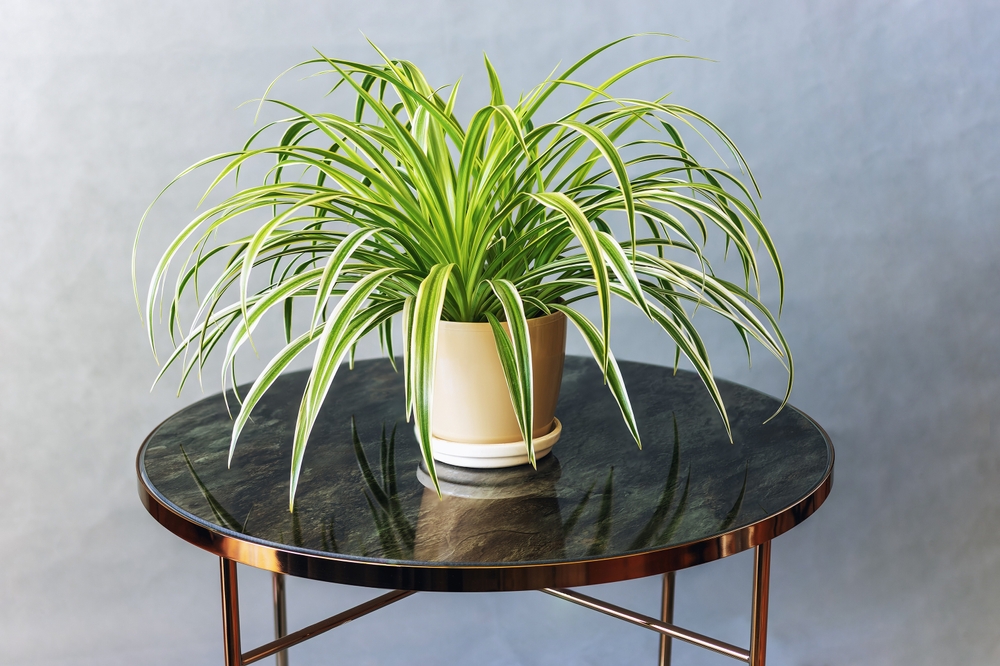
Spider plants are easy to grow and do well in different light conditions, which makes them a popular choice for indoor spaces. They grow long green leaves with white stripes and send out small plantlets that hang from the mother plant. These plantlets can be trimmed and replanted, making spider plants perfect for sharing or expanding your indoor garden.
They are known to absorb harmful substances like carbon monoxide and formaldehyde, often found in carpets, household cleaners, and synthetic furniture. Their strong root system helps filter these toxins through their leaves. With regular watering and occasional indirect sunlight, spider plants stay healthy and continue to purify indoor air without much effort.
Peace Lily (Spathiphyllum)
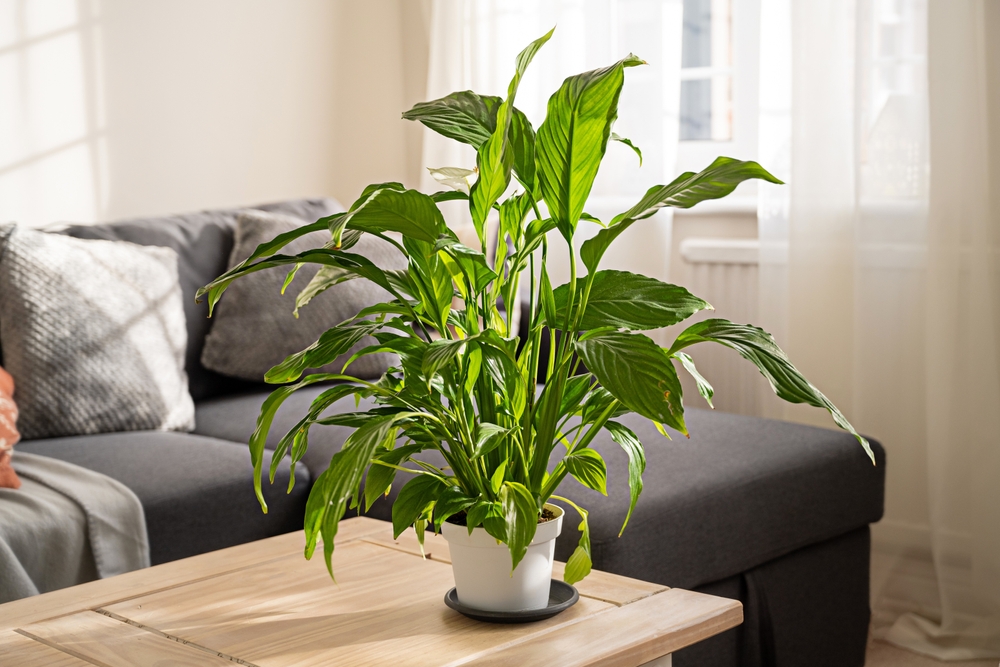
Peace lilies are known for their graceful white flowers and lush green leaves. They thrive in low to medium light and prefer slightly moist soil. The plant adds a soft touch to any room and does not take up much space.
More than just pretty, peace lilies can help remove harmful indoor pollutants such as benzene, trichloroethylene, and formaldehyde. These chemicals are often released by paints, adhesives, and household products. Regularly wiping down the leaves helps the plant work better at absorbing airborne toxins.
Snake Plant (Sansevieria trifasciata)
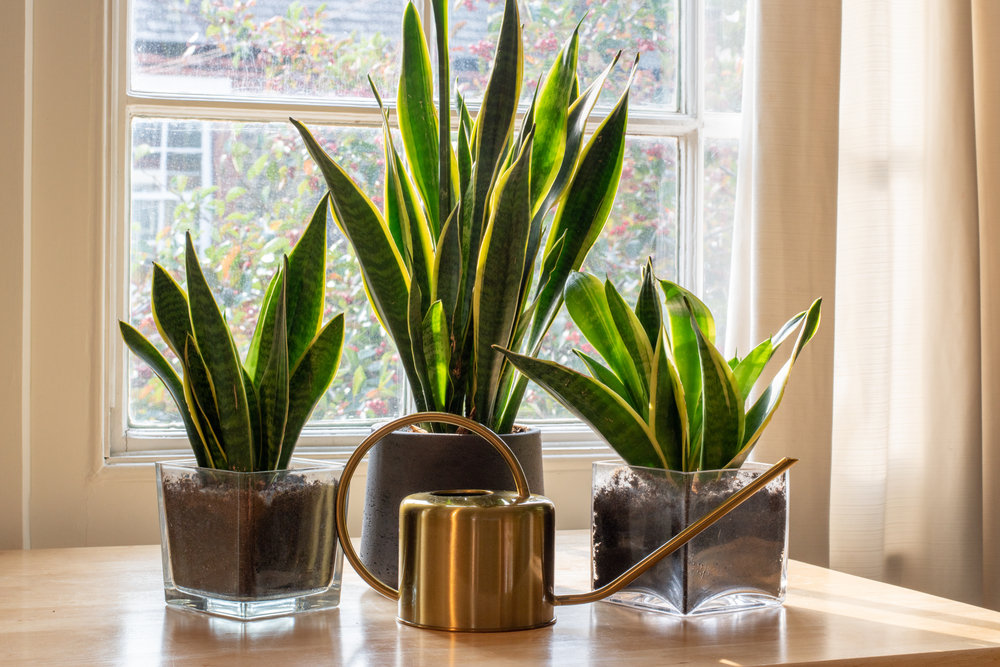
Snake plants have tall, upright leaves with striking patterns that add structure to indoor corners or tabletops. They can tolerate low light and irregular watering, making them a dependable choice for busy homes.
One of their helpful features is their ability to absorb carbon monoxide and formaldehyde, which often come from fuel-burning appliances and pressed wood furniture. Unlike many plants, snake plants can release oxygen at night, which supports fresher indoor air while you sleep.
Bamboo Palm (Chamaedorea seifrizii)
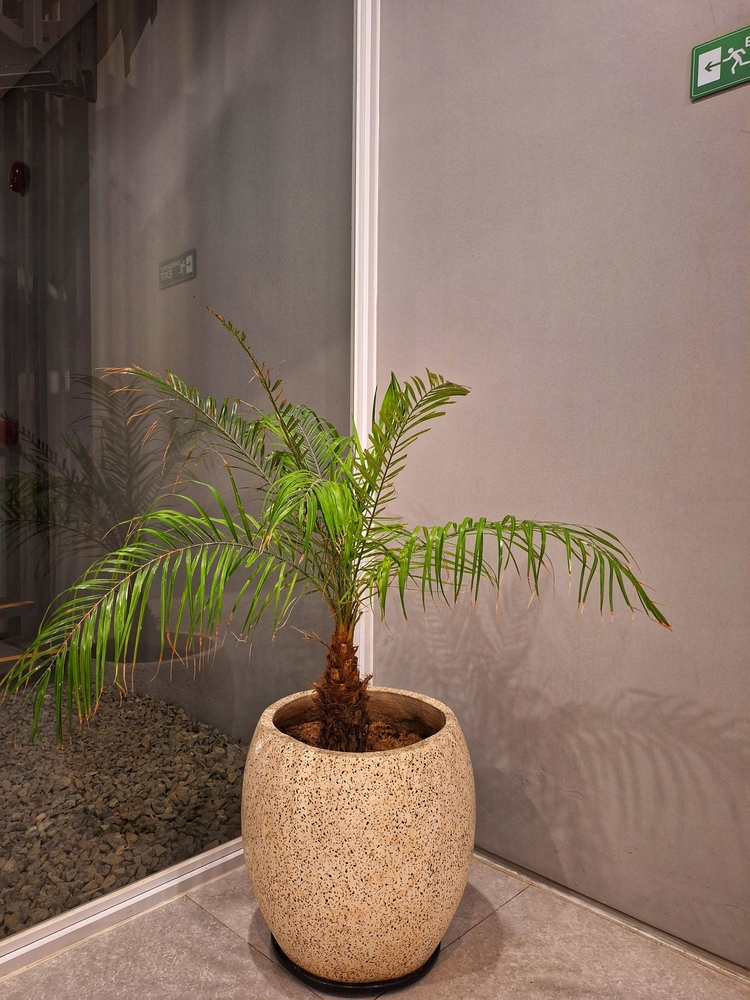
Bamboo palms grow slowly but can reach a good height indoors, offering a lush and tropical appearance. They like indirect light and prefer consistently moist but not soggy soil.
This plant is effective at removing airborne toxins such as benzene and formaldehyde, which can build up in rooms with limited ventilation. As the palm matures, its large fronds provide more surface area to help clean the surrounding air. It works well in living rooms or offices where these pollutants may collect.
Boston Fern (Nephrolepis exaltata)
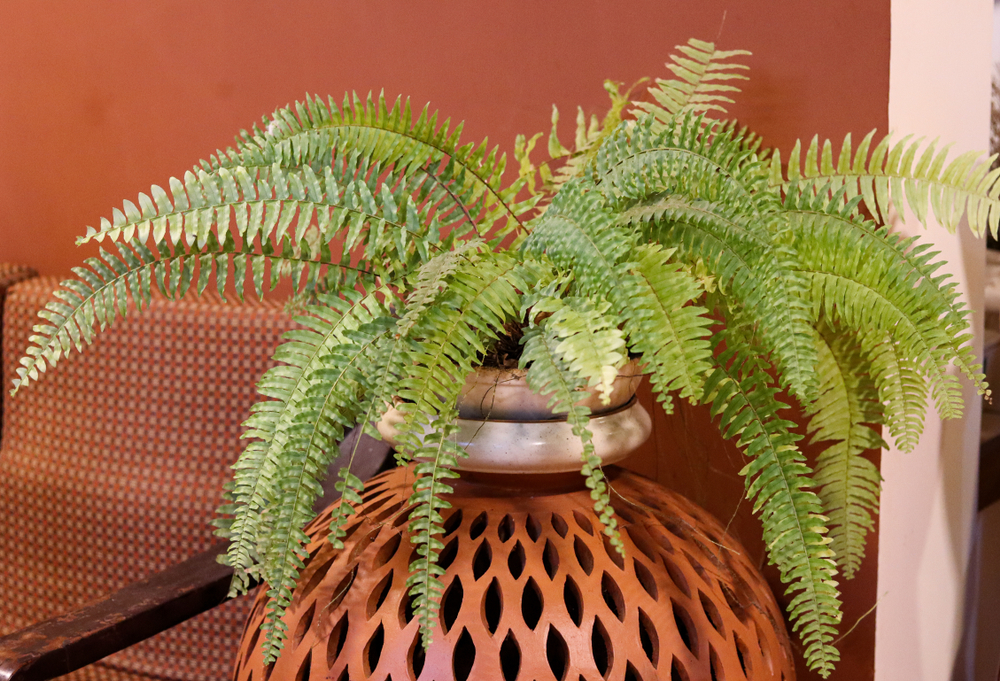
Boston ferns are known for their feathery, arching fronds and love a humid environment. They do best in bright, indirect light and require regular watering to stay healthy.
This plant is excellent at reducing levels of formaldehyde in the air, which is often found in insulation, cleaning sprays, and wood products. It also adds moisture to dry indoor air, helping balance humidity while filtering out pollutants.
Aloe Vera
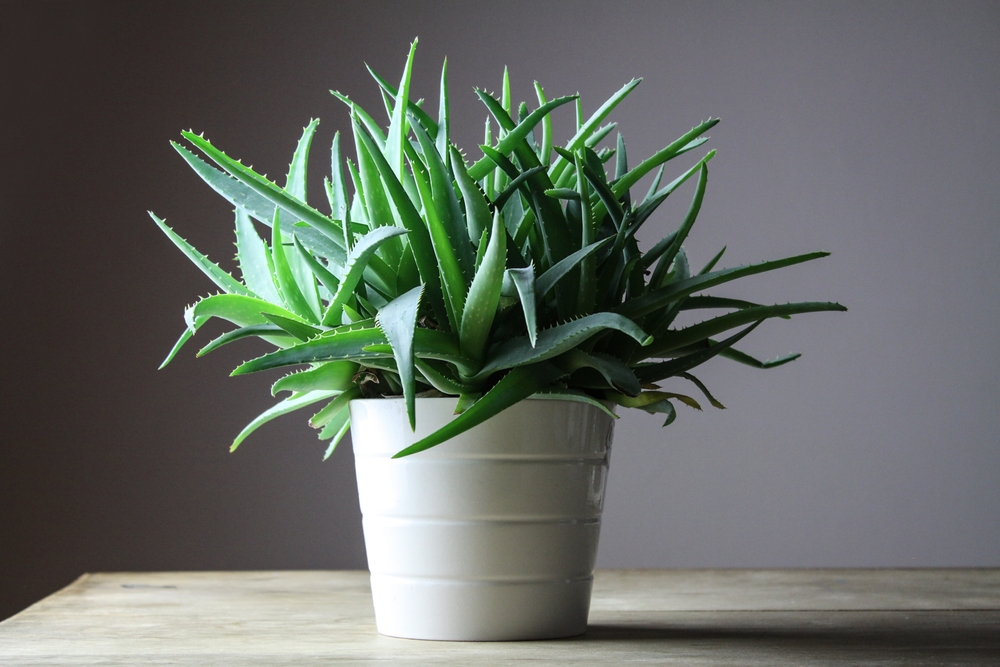
Aloe vera is a succulent that does not need much care. It grows well on sunny windowsills and only needs watering when the soil dries out.
Beyond its soothing gel, aloe vera helps filter indoor air by targeting formaldehyde and benzene. These can come from varnishes, floor finishes, and cleaning items. Its thick leaves store water and allow it to continue working even in drier conditions.
Rubber Plant (Ficus elastica)

Rubber plants have large, glossy leaves that hold moisture and look attractive in any room. They prefer medium to bright indirect light and occasional watering.
They can help absorb airborne toxins like formaldehyde, which may come from office furniture and household materials. With its thick foliage, the rubber plant works steadily to clean the air and maintain a healthier environment indoors.
Areca Palm (Dypsis lutescens)
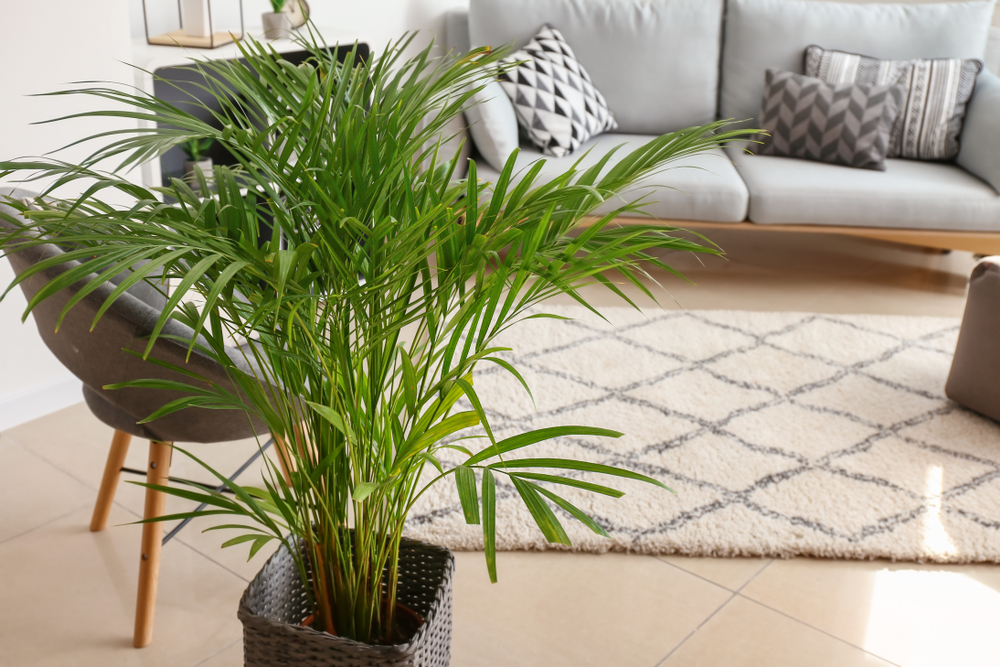
Areca palms grow with a soft, bushy look and do well in indirect light. They prefer consistently moist soil and benefit from a bit of humidity.
This plant not only helps filter benzene and formaldehyde from the air, but it also adds moisture back into the room, which helps with dry skin and breathing issues. It is a good fit for bedrooms or living areas where comfort and air quality are both important.
Gerbera Daisy (Gerbera jamesonii)
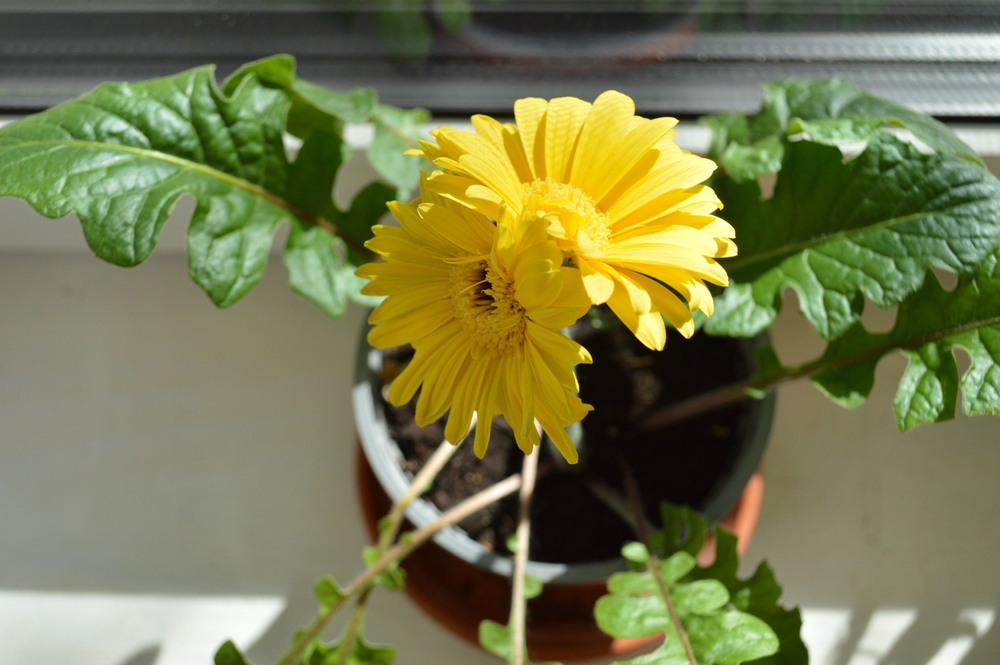
Gerbera daisies are known for their colorful blooms and are often used as cheerful decorations. While typically grown outdoors, they can also thrive inside with enough sunlight.
They help remove pollutants like benzene, which inks, glues, and dyes can release. They also take in carbon monoxide, making them a smart choice for spaces with fireplaces or attached garages.
English Ivy (Hedera helix)

English ivy grows quickly and adapts well to hanging baskets or shelves. It likes medium light and regular moisture, though it should not be overwatered.
It is useful for absorbing formaldehyde, benzene, and mold spores. Its climbing habit allows it to cover surfaces while actively working to clean the air. This makes it a helpful addition to kitchens or bathrooms.
Dracaena (Dracaena marginata)

Dracaenas have narrow, spiky leaves that come in shades of green, red, and cream. They thrive in filtered light and need water only when the soil feels dry.
These plants are known to clean the air by removing benzene, formaldehyde, and trichloroethylene. Since synthetic fabrics and adhesives release many of these toxins, dracaenas are useful in newly furnished or renovated spaces.
Chinese Evergreen (Aglaonema)

Chinese evergreens are slow-growing, easy-to-care-for plants with patterned leaves. They do well in low light and require minimal upkeep.
They help remove common air pollutants, especially formaldehyde and benzene. Their steady growth and tolerance to different indoor conditions make them a dependable option for improving air quality year-round.
This article originally appeared on Avocadu.
